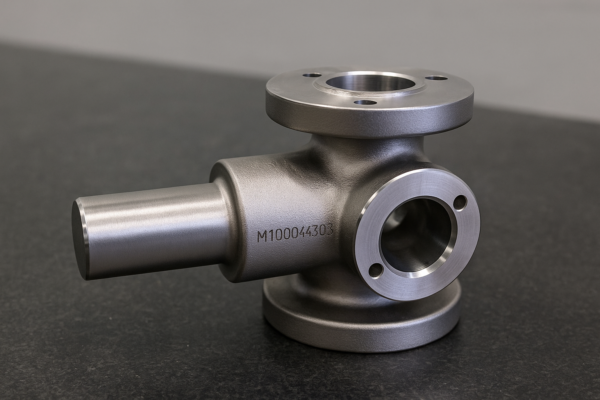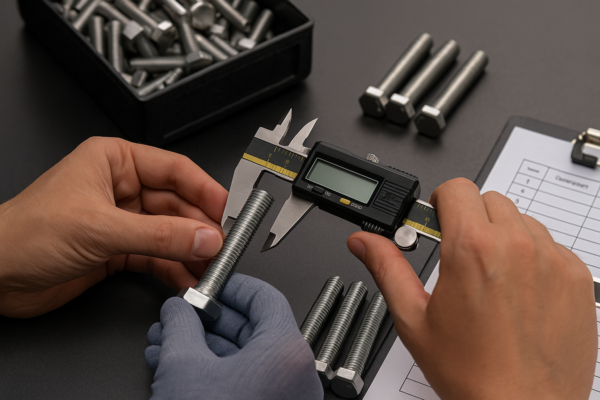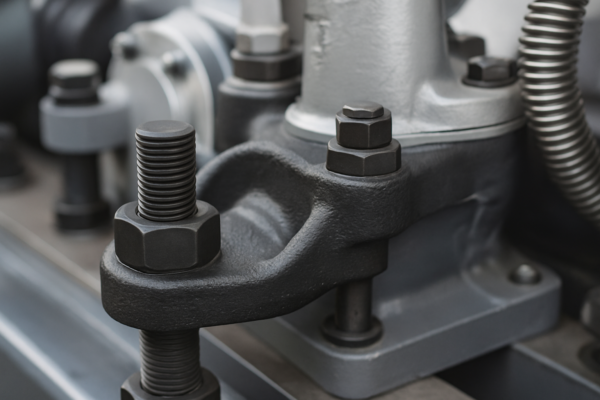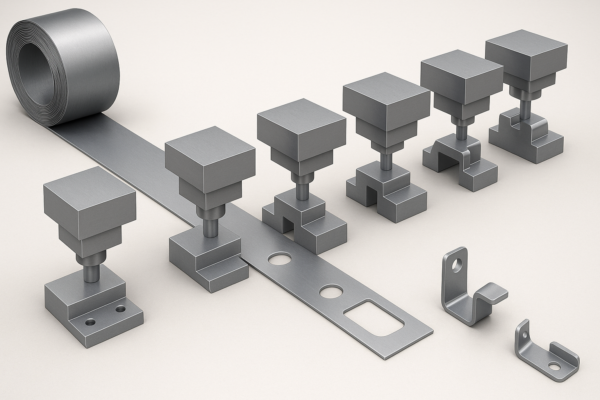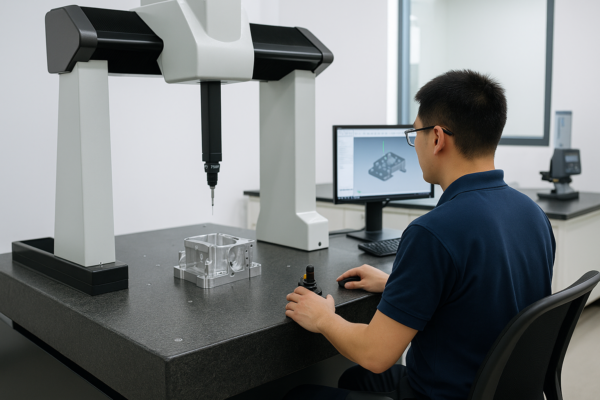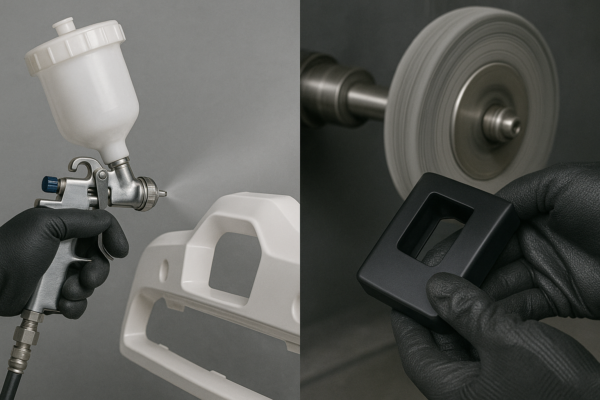TEMPLATE_START
CNC Milling vs. Cutting: What’s the Real Technical Difference?
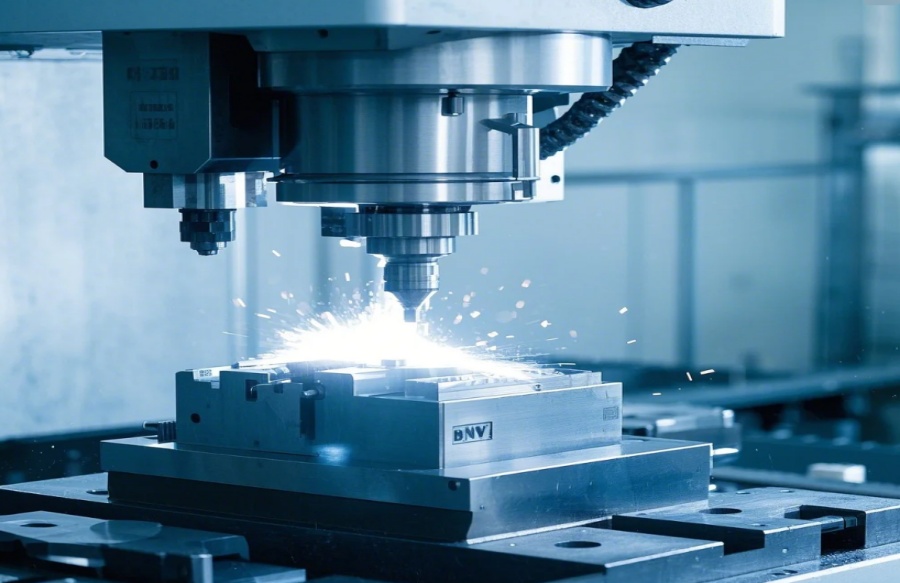
After processing over 50,000 orders, we’ve identified exact scenarios when clients should choose milling over other cutting methods – it often comes down to needed precision (±0.001") versus production speed.
Critical distinction: CNC milling uses rotating multi-point tools for 3D material removal (adds pockets, slots, complex contours), while CNC cutting typically refers to 2D profile separation (laser/waterjet/plasma that splits material without creating interior features).
Let’s examine these differences in operational detail…
How Do the Tools Differ Between Milling and Cutting?
Cutting geometry defines everything.
Milling employs end mills/drills that: 1) Rotate at 500-15,000 RPM 2) Have multiple flutes (2-6 cutting edges) 3) Remove material laterally and axially – while cutting tools use singular focused energy (laser beam, plasma arc, waterjet stream) that only separates material along a straight path.
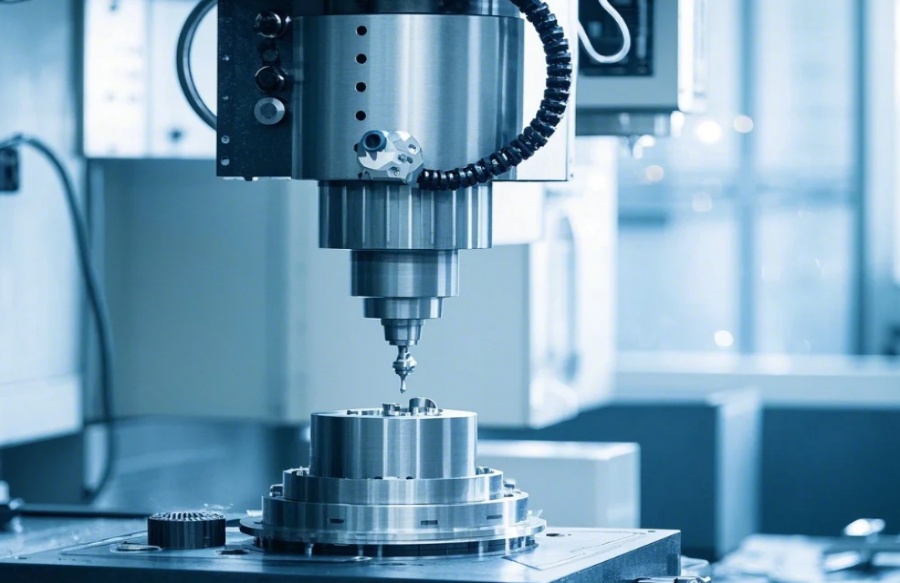
Tooling Comparison Chart
| Characteristic | CNC Milling Tools | CNC Cutting Tools |
|---|---|---|
| Cutting Edges | 2-6 flutes | Single point/stream |
| Movement | X/Y/Z axis + rotation | X/Y only typically |
| Contact | Physical tool contact | Non-contact (except saws) |
| Wear | Gradual flank wear | Nozzle degradation |
| Cost | $20-$300 per tool | $5-$100 per nozzle |
Material Removal Mechanisms
| Process | Primary Action | Chip Formation | Heat Generation |
|---|---|---|---|
| Milling | Shearing | Yes – visible chips | Medium (200-600°C) |
| Laser | Vaporization | Micro particles | High (1,000+°C) |
| Waterjet | Erosion | Fine slurry | None (cold cut) |
| Plasma | Melting | Molten droplets | Very High (20,000°C) |
When to Choose Each:
- Milling: Precision pockets/slots
- Laser: Thin sheet profiling
- Waterjet: Thick non-metals
- Plasma: Quick steel cutting
What Accuracy Levels Can Each Process Achieve?
Tolerances separate prototyping from production.
Our floor testing shows: CNC milling holds ±0.001"-0.005" routinely, while cutting processes manage ±0.005"-0.030" – with milling’s advantage coming from rigid tool pressure control versus thermal distortion in laser/plasma methods.
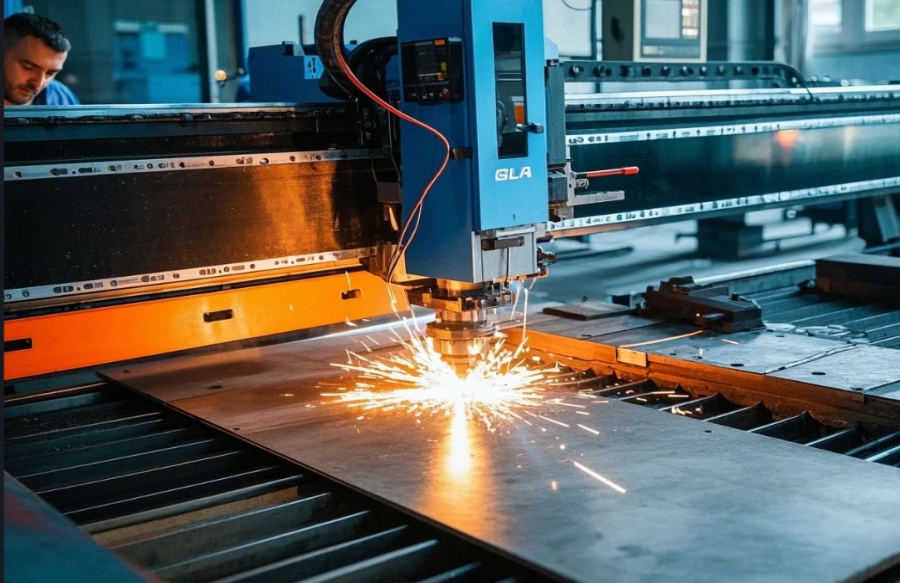
Tolerance Benchmark Data
| Process | Best Achievable | Typical Production | Relative Cost |
|---|---|---|---|
| Precision Milling | ±0.0005" | ±0.002" | $$$$ |
| Standard Milling | ±0.001" | ±0.005" | $$$ |
| Laser Cutting | ±0.003" | ±0.010" | $$ |
| Waterjet | ±0.005" | ±0.015" | $$ |
| Plasma | ±0.020" | ±0.030" | $ |
Surface Finish Comparison (Ra microinches)
| Method | Aluminum | Steel | Plastic |
|---|---|---|---|
| Milled | 32-125 | 63-250 | 16-63 |
| Laser | 125-250 | 250-500 | Melted edge |
| Waterjet | 100-200 | 200-400 | 150-300 |
| Plasma | N/A | 500-1000 | N/A |
Critical Applications:
- Milling: Injection mold cavities
- Laser: Electronics enclosures
- Waterjet: Aerospace laminates
- Plasma: Structural steel
How Do Setup Requirements Differ Between Processes?
Fixture needs impact lead times.
We require these setups: Milling demands rigid vises/fixtures ($500-$5,000) to resist cutting forces, while cutting needs sacrificial backing ($50-$200) – with milling CAM programming taking 2-4x longer due to 3D toolpath complexity versus 2D cutting paths.
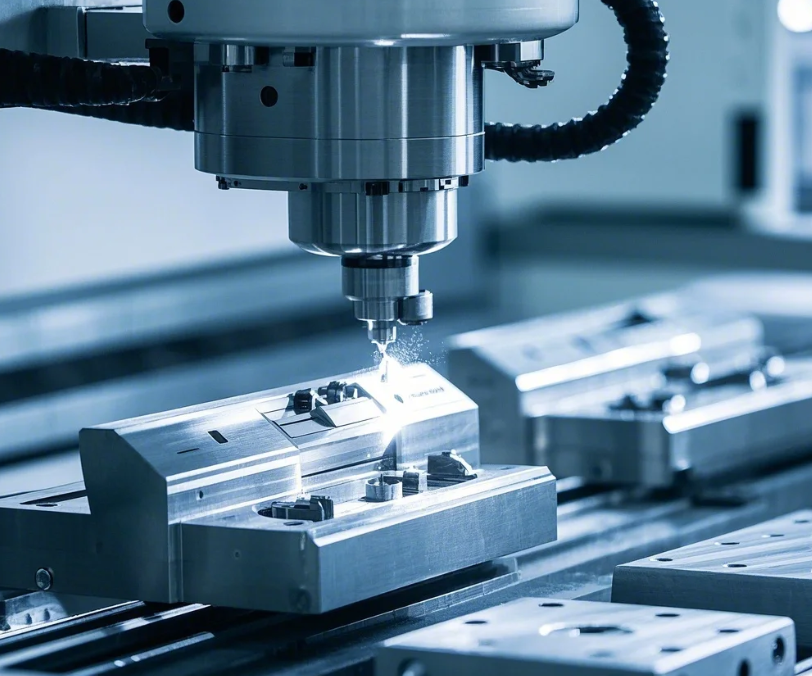
Setup Time Analysis
| Task | CNC Milling | CNC Cutting |
|---|---|---|
| CAM Programming | 1-4 hours | 15-60 minutes |
| Fixturing | 30-90 minutes | 5-15 minutes |
| First Article | 3-6 pieces | 1-2 pieces |
| Changeover | 20-40 minutes | 5-10 minutes |
Floor Space Requirements
| Equipment | Milling Center | Cutting Machine |
|---|---|---|
| Machine Footprint | 10’x12′ | 6’x10′ |
| Power Needs | 30-60 kVA | 10-45 kVA |
| Air Requirements | 5-15 CFM | 15-150 CFM |
| Coolant System | 50-100 gal | None (except waterjet) |
Production Scenarios:
- Milling: Low-volume complex parts
- Cutting: High-volume simple shapes
- Hybrid: Cut blanks first, then mill
What Are the Cost Drivers for Each Method?
Understanding break-even points.
From our cost models: Milling runs at $60-$150/hour (tooling/labor intensive) while cutting costs $20-$80/hour – with crossover occurring around 10 parts where cutting’s speed advantage diminishes against milling’s secondary op savings.
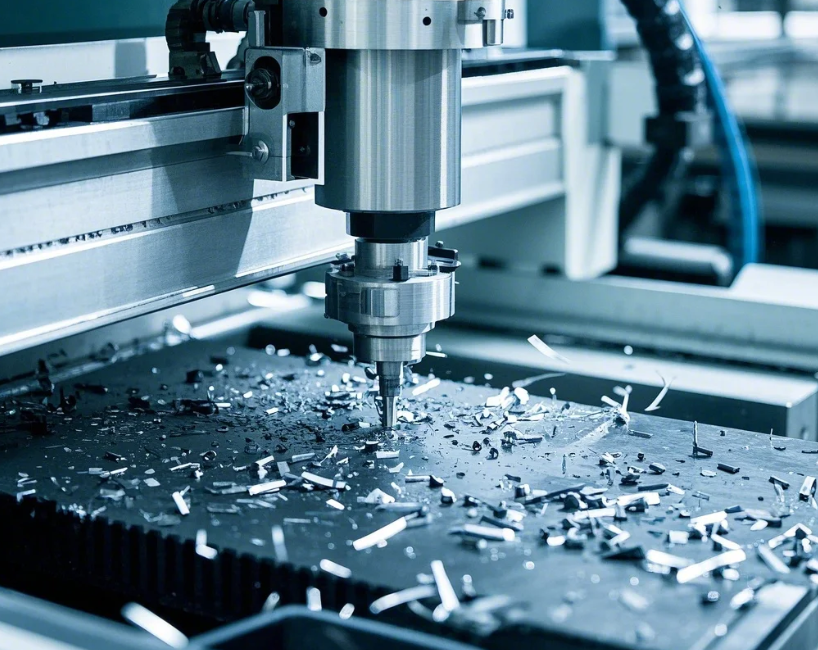
Cost Component Breakdown
| Factor | Milling % | Cutting % |
|---|---|---|
| Machine Depreciation | 25% | 30% |
| Tooling/Nozzles | 20% | 5-15% |
| Labor | 30% | 20% |
| Energy | 10% | 20-40% |
| Maintenance | 15% | 10% |
Break-even Analysis
| Quantity | Milling Each | Cutting Each |
|---|---|---|
| 1 | $150 | $75 |
| 10 | $90 | $60 |
| 100 | $50 | $55 |
| 1000 | $30 | $50 |
Material-Specific Economics:
- Milling wins on: Inconel, titanium
- Cutting wins on: Mild steel, acrylic
- Hybrid approach: Aluminum assemblies
Conclusion
Choose milling for complex 3D features needing tight tolerances, opt for cutting when quickly separating 2D profiles from sheet/plate – with hybrid solutions often providing optimal cost-quality balance for mid-range production.
TEMPLATE_END

